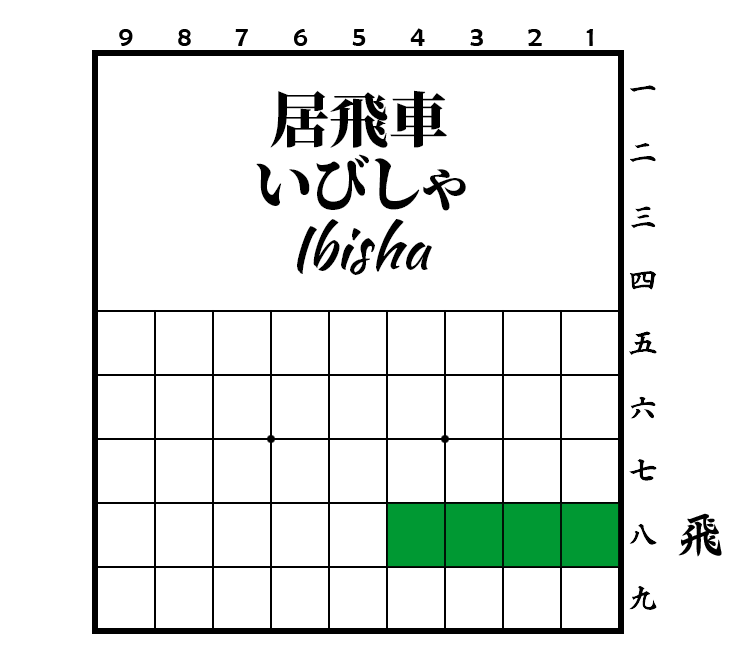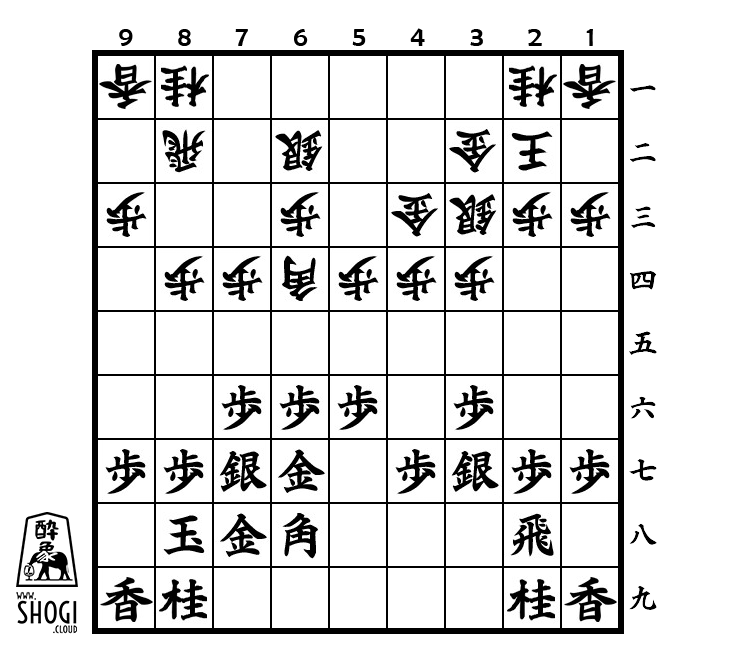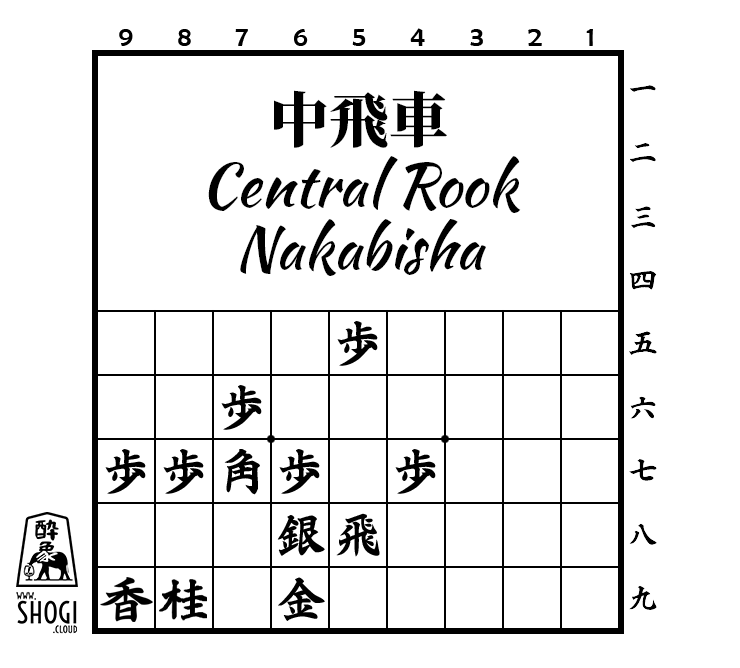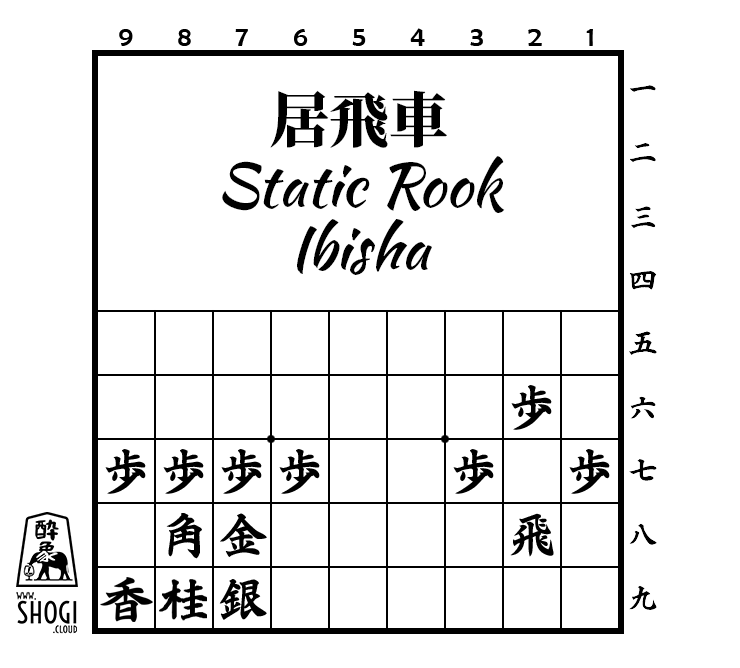italiano
Aperture
Kanji
序盤
Hiragana
じょばん
Romaji
joban
Significato
“aperture”
Note
Per semplificare l’argomento, altrimenti molto complesso, le aperture si possono dividere in due macro categorie:
- ibisha;
- furibisha;
- nakabisha si può considerare un sottoinsieme di furibisha.
Ibisha mantiene Hisha nelle prime quattro colonne a destra.
Furibisha sposta Hisha nelle 5 colonne di sinistra.
Nakabisha sposta Hisha nella colonna centrale.
Di seguito 9 aperture. Alcune sono complesse ma è meglio conoscerle prima di studiarne altre.
english
Opening
Kanji
序盤
Hiragana
じょばん
Romaji
joban
Meaning
“opening”
Notes
To simplify the topic, otherwise very complex, openings can be divided into two main categories:
- static rook;
- ranging rook;
- central rook can be considered a subset of ranging rook.
Static rook keeps Rook in the first four columns on the right.
Ranging rook moves Rook to the 5 leftmost columns.
Central rook moves Hisha to the central column.
Below are 9 openings. Some are complex, but it’s better to know them before studying others.
日本語
序盤
漢字
序盤
平仮名
じょばん
ローマ字
joban
意味
序盤
備考
トピックを簡略化するために、それ以外は非常に複雑なオープニングは、次の2つの主要なカテゴリに分けることができます:
- 居飛車;
- 振り飛車;
- 中飛車は、振り飛車のサブセットと考えることができます。
居飛車は飛車を右側の最初の4つの列に保持します。
振り飛車は飛車を最も左側の5つの列に移動します。
中飛車は飛車を中央の列に移動します。
以下は9つの序盤です。いくつかは複雑ですが、他の序盤を学ぶ前にそれらを知っている方が良いです。
aperture • openings • 序盤
diagrammi • diagrams • 図表













